I have a clock signal coming from an instrument that I need to use to synchronise other instruments. However secondary instruments need to have different phases and I need to be able to sweep the clock period (100 ns > 10MHz) with 1 ns step maximum.
I managed to sweep 20 ns with an FPGA programmable DLL (minimum clk input 32 MHz so I used 50 MHz as multiple of 10 MHz), but I still have 80 ns that I can't sweep. FPGA DLL step is FREQ(50MHz)/256 ~ 80 ps.
I am looking for an IC reference of a PLL or DLL in which I can program the phase during runtime. I also accept alternative solutions.
I searched for programmable delay, programmable phase shifter, programmable PLL, however I couldn't find anything that could help me.
To illustrate, the image below shows a clock with different phases with 90 degrees step, I need around 3 degrees step maximum 3*(100 ns/360) ~ 830 ps. If I can have more precision is even better.
